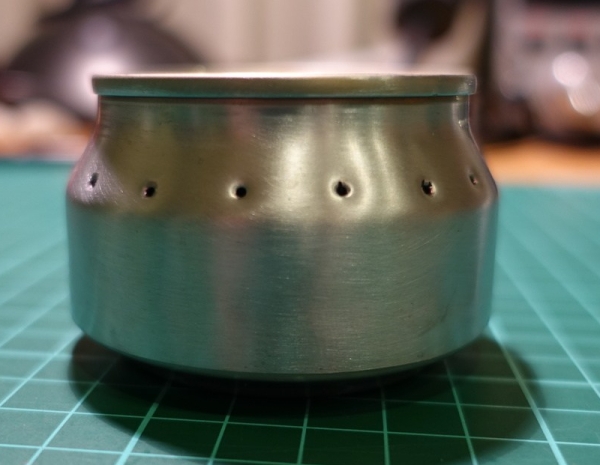Small electric mobility devices usually use lower grade LiIo batteries and “passive balancing battery management systems” – if they use any balancing system whatsoever at all. So does my “premium” Evolve Hadean skateboard; it appears the BMS doesn’t do any balancing at all; read on and you will understand…
Those battery cells slowly have their charge level (state-of-charge, SoC) get out of sync because the charger charges all cells with the same amount of power until the first cell reports “full”. Likewise the whole system says “empty” when the first cell reports so. As a result, my board recently just shut off even though a second earlier it still said “30% battery left”. Yes, 30% in all cells but one. Almost threw me off. Good thing for the blog that the remote shows the SoC of all cells – combines 12 pictures of a multimeter reading into one frame. Here’s what mine looked like after fully charging it:

The charger correctly stopped when the first (and other) cells were at 4.11V. But one really bad cell (#5) only got to 3.78V. Thats the culprit which earlier reported “empty” first… Before replacing this cell (yes, it’s actually 4 cells each, but that’s an irrelevant detail here) and maybe #9, I thought to give it a try and bring those cells back into sync; there’s usually not one really bad cell in 4 but just a small difference in capacity of consumer cells, accumulating the difference of SoC over many charges of the whole pack, so they might just need an occasional support to catch up with the rest. So off to opening the pack, soldering wires to the culprit (group of-) cell(s) and fully charging it while the others were charged earlier to 100% in the board:

On another side note I actually cycled the cell a couple of times to check capacity. All good there. I also tended to cell #9 before putting the pack back. After reassembly the result looked very promising (yes, #12 looks a bit, well, maybe I should’ve attended to it as well):

So I dared to take it out for some rides. Actually 4 full cycles of depleting it to about 10%, recharging to 100% and repeating. Without any surprise shutdowns. It now shows this at around 60% charge:

Concluding, I admit that I have no idea how long this “fix” will really fix things but knowing how a passive cell balancing BMS works I’m not too surprised that the occasional “manual cell balancing” does prolong cheapish packs for quite some time. Go Google “battery cell balancing” – it just slowly directs charging energy to cells that are not fully charged yet; simple enough, for a passive system. active systems also work on the discharge cycle where they draw more power from the cells that still hold more energy… Anyway, my manual intervention appears to emulate passive balancing; I’m ready to replace defective or if need-be all cells to higher quality ones but for now things seem fine.
Also, as an afterthought, the pack doesn’t need to be removed from the board (which puts mechanical strain on the tiny connectors). Down the road when #12 will give me grief I’ll get it in synch with the pack in the board – just 2 handfuls of bolts to be removed, wires soldered and made sure not to turn the board on while charging the cells.
As a disclaimer, please do understand what you’re doing with regards to LiIo batteries. Short-circuiting, charging with wrong parameters or mechanically impacting the pack can have disastrous results.









